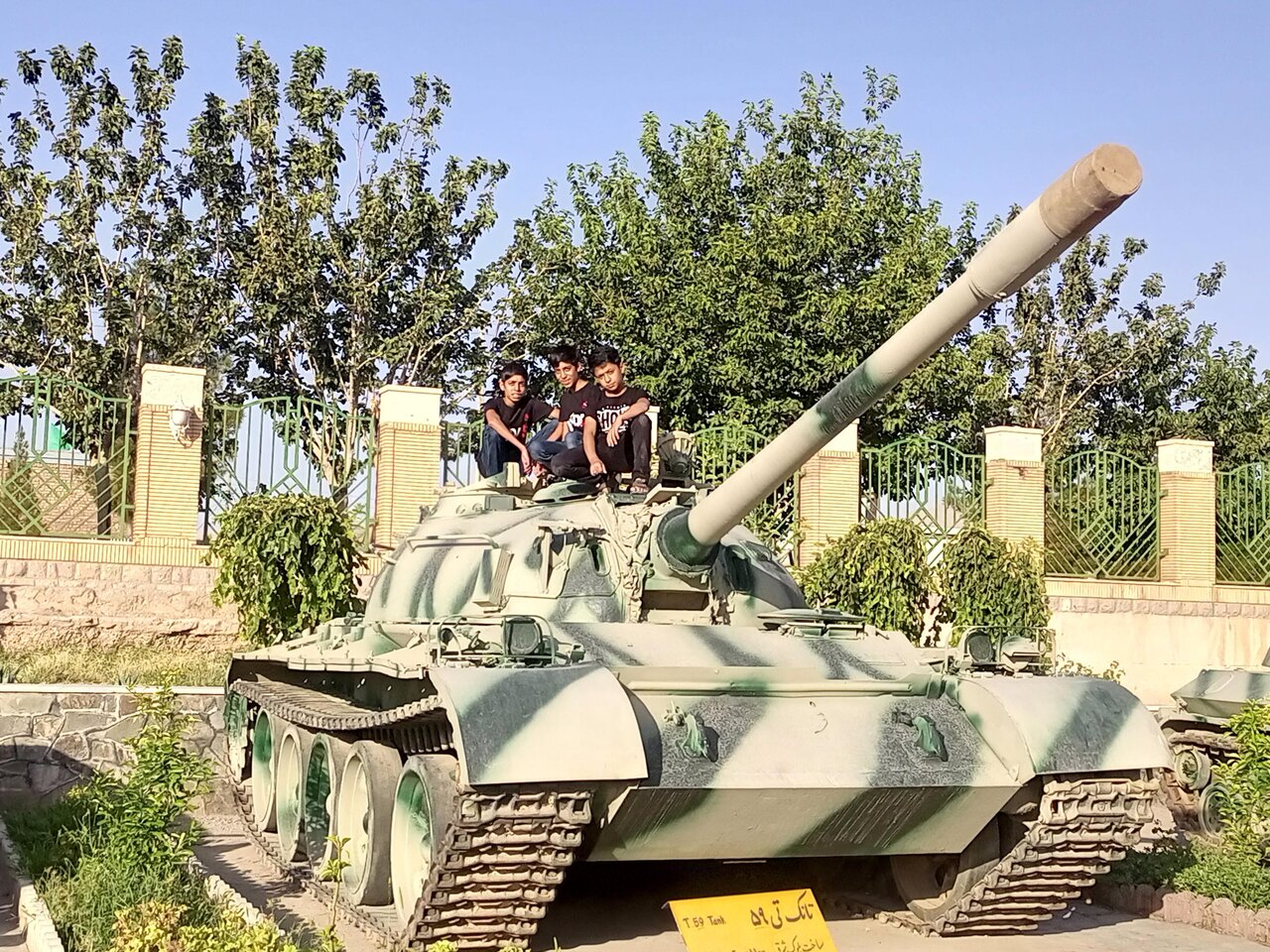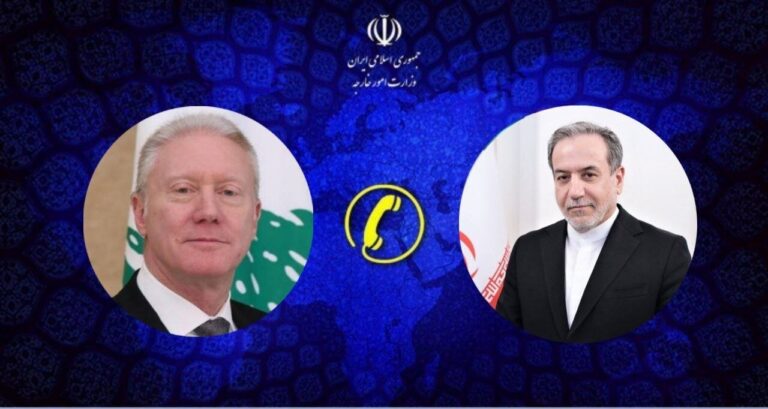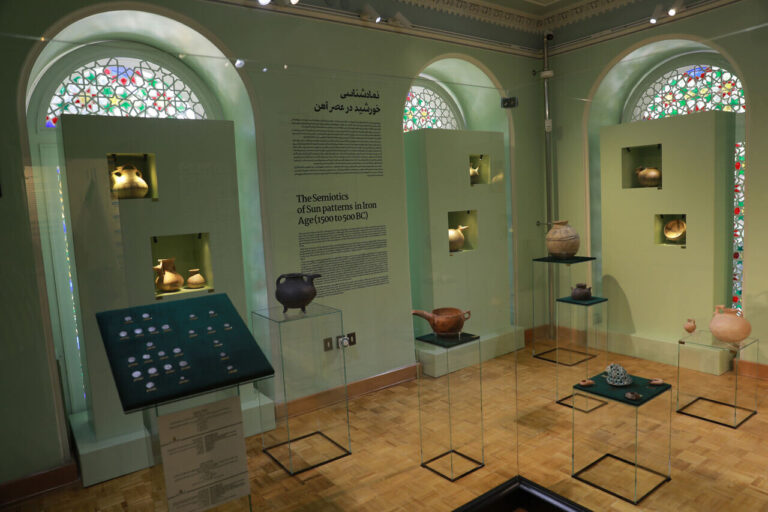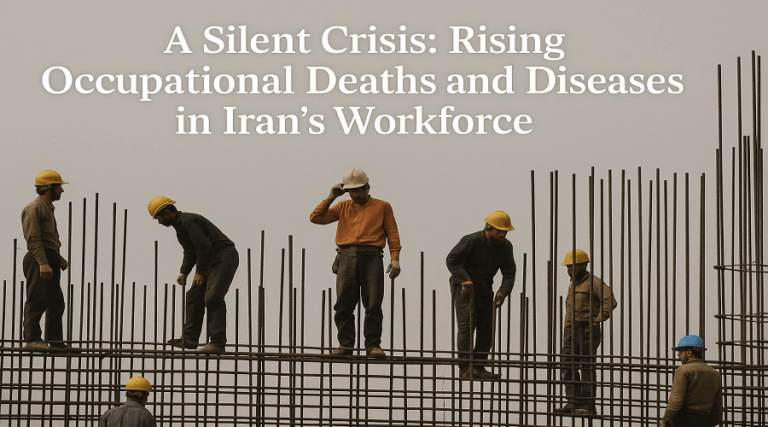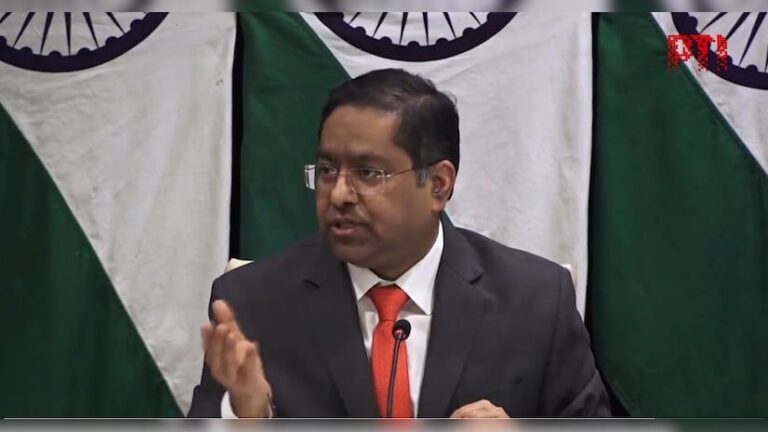Iran Unveils Plans for Eight New ‘Sacred Defense’ Museums Set to Open by 2028
In a significant cultural initiative, Iran is set to unveil eight new museums dedicated to the 1980–1988 Iran-Iraq War, known locally as the “Sacred Defense,” by the Iranian year 1407 (March 2028). This announcement was made by Brigadier General Bahman Kargar, the head of the Foundation for the Preservation and Publication of Sacred Defense Works and Values, during a ceremony commemorating International Museum Day at the National Museum of Iran.
Kargar revealed that the total number of Sacred Defense and Islamic Revolution museums in the country will rise from 29 to 37 over the next three years. Additionally, plans are in motion to create an international museum in Tabas, a city of historical significance in the context of post-revolutionary events.
“Museums are not only guardians of history but also cultural hubs that foster education and intergenerational dialogue,” Kargar emphasized. He pointed out that modern museums play a crucial role in the creative economy and serve as valuable tools for cultural diplomacy.
Highlighting the importance of these museums, Kargar remarked that they are essential for:
- Preserving authentic documentation of the war period.
- Combating historical distortion and misinformation.
- Strengthening national identity through shared history.
“The real victors of the Sacred Defense were the people,” he stated, underscoring the collective memory and resilience of the Iranian populace during this turbulent time.
In addition to the new museums, Kargar mentioned that Iran currently has 58 Sacred Defense monuments spread across seven provinces, including Bushehr, West Azarbaijan, and Kermanshah. Moreover, there are over 3,000 memorial sites dedicated to unknown martyrs, further enriching the landscape of remembrance and tribute to those who sacrificed their lives during the war.
The ceremony also marked the launch of 271 cultural programs throughout museums in Iran, with 10 events inaugurated online. Some notable exhibitions include:
- The “unfinished narrative” exhibition at Reza Abbasi Museum
- A knot-themed exhibition at the Carpet Museum of Iran
- A single-object exhibit at the Museum of Decorative Arts in Isfahan
The Foundation for the Preservation and Publication of Sacred Defense Works and Values, which operates under the Islamic Republic of Iran, aims to safeguard war relics and promote a culture of resistance. Their efforts also encompass:
- War-related museum development
- Memorial ceremonies
- Cultural festivals rooted in the Iran–Iraq War
This initiative is a significant step in recognizing and preserving the historical and cultural legacy of the Iran-Iraq War. By expanding the number of museums dedicated to this period, Iran seeks to enhance public understanding and appreciation of its history, ensuring that future generations remain informed about the sacrifices made during the Sacred Defense.
As the project unfolds, it promises to enrich Iran’s cultural landscape and provide a deeper insight into the experiences and narratives of those who lived through the war. The establishment of these museums will not only serve as a reminder of the past but also as a platform for dialogue and education in a rapidly changing world.
Brigadier General Kargar’s remarks highlight the broader significance of museums in society today. He noted that they play a vital role in cultural diplomacy and the creative economy, acting as spaces for engagement and learning. This is particularly relevant in a global context where cultural exchange and understanding are essential for fostering peace and cooperation.
In conclusion, the planned inauguration of these eight new museums will mark a pivotal moment for Iran’s cultural heritage and historical preservation efforts. By documenting and celebrating the narratives of the Iran-Iraq War, these institutions will contribute to a more nuanced understanding of the country’s history and identity.
